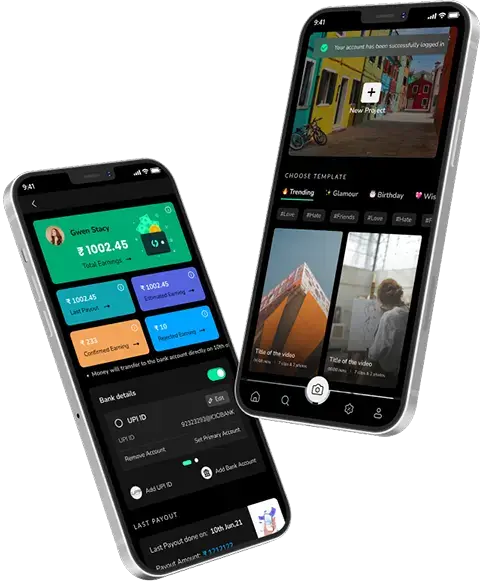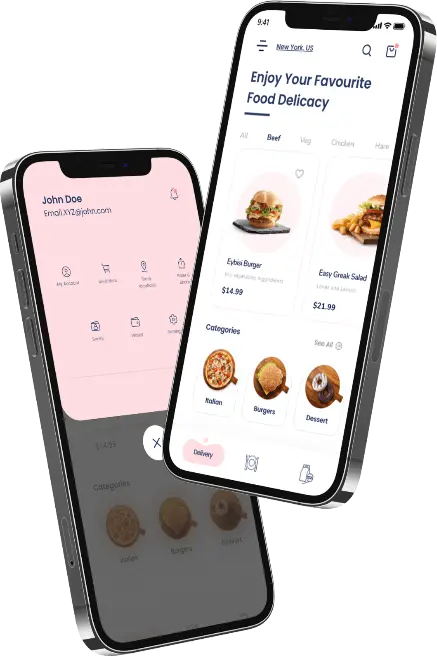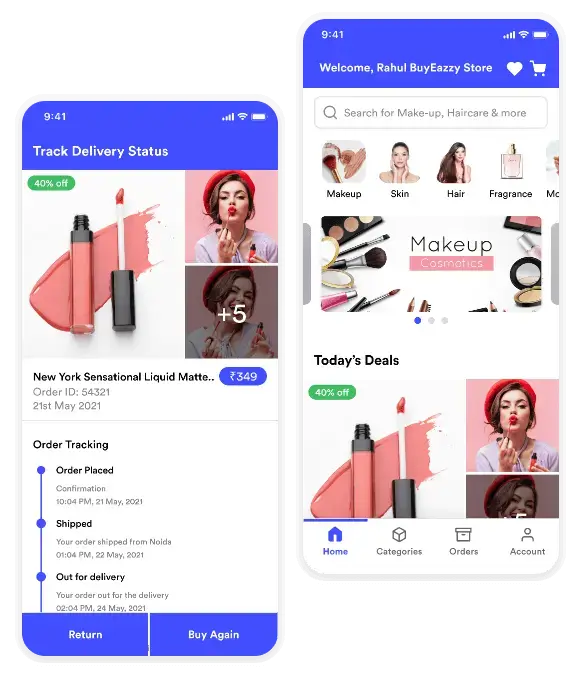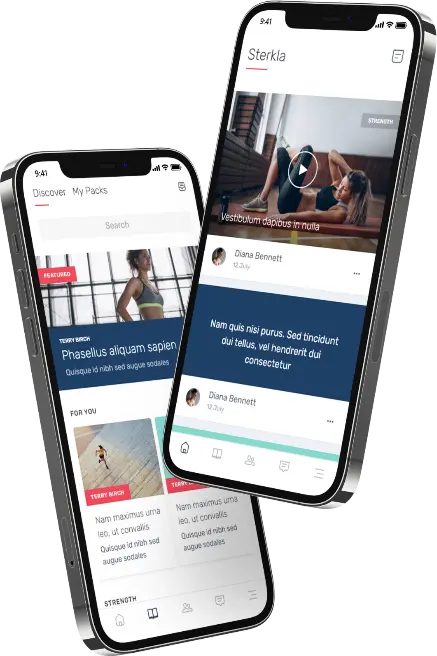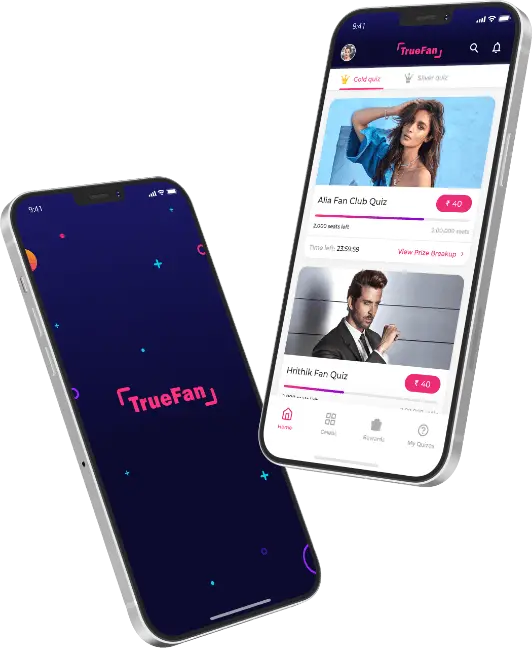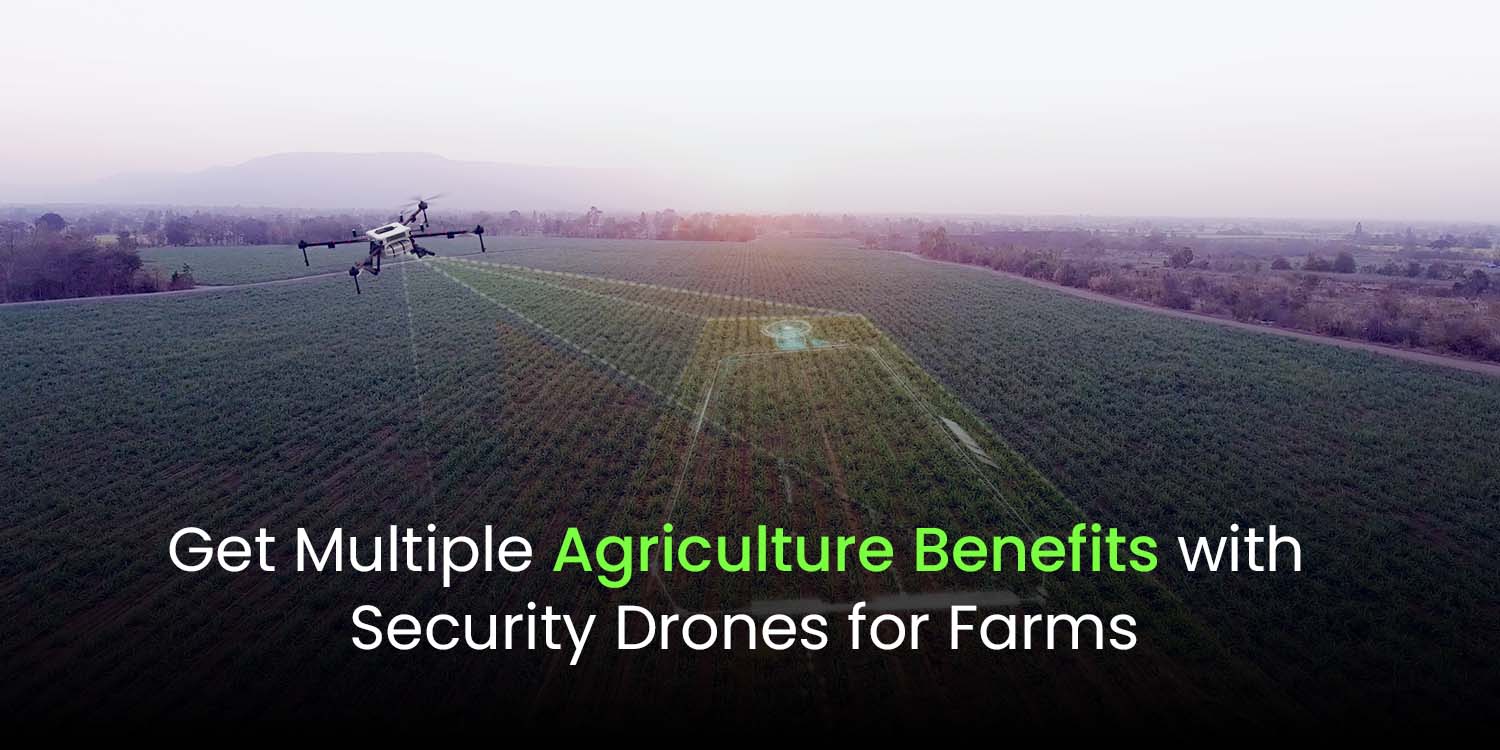You can’t inspect any sector of an economy without seeing drones. Security drones for farms are often used for many tasks. These include aerial surveillance, crop monitoring, and land inspection. They can also map the area, inspect for damaged or rotting plants, and perform other tasks.
Different drone types are being analyzed to determine which class has the most potential for farming, gardening, and agriculture. Quadcopters, with their multi-rotors, are the best choice for crop fertilization. Although fixed-wing security drones for farms can be used for crop fertilization, their large structure makes it difficult to land.
According to some reports*, the industry of security drones for farms in agriculture will grow to USD 4.8 billion by 2024. The drones’ data is used mainly to improve agronomic decisions. This makes it a part of “precision agriculture.”
Security drones for farms have become an integral part of large areas. Farmers can use the data from drones to make better planting plans and determine the best harvesting methods. Some reports claim that precision farming has the potential to increase yields by as much as 5 %, which is a substantial increase in a market with low-profit margins.
Want to learn more about drones?
Read ahead!
What is a drone?
A drone technically refers to a flying, chopper-like robot that can be controlled remotely. Or, you could say it can fly autonomously with the software-controlled flight plan included in the systems.
Also Read – Swarm Drone Software: What the Future Lies Behind?
Drones are used in nearly all industries, including healthcare, agriculture, real estate, eCommerce, and food. Photography is one of the most critical industries that use drones today. Drone management software is becoming more popular, and enterprises are incorporating it into their business ventures to reap the benefits.
In the past, drones were used by police and military personnel for surveillance and monitoring purposes. However, this technology has become a standard tool in many industries to perform complex, labor-intensive jobs.
Drones have been used for next-day delivery in many industries, including healthcare, food, and logistics. For last-mile delivery, drone delivery apps are being used by Wing, Doordash, Wingcopter, and other well-respected names.
This post will discuss security drones for farms, technological advances, features, solutions, and why it is essential for you.
So, don’t forget to read the entire post.
Evolution of Drones
Looking back at history, A.M. Low attempted to create a powered UAV as an ‘Aerial target’ in 1915. Since then, there have been constant developments, and the military force of many countries has adopted UAV use for Defense and Attacks.
Drone is now so advanced that it is used for civilian and commercial purposes instead of security only. It is instrumental in reporting live sports, event coverage, and natural disasters. The drone is used by people of all ages, including those in government, civil, and commercial sectors.
Drones and Indian agriculture
Uncrewed aerial vehicles, also known as UAVs, are drones. They are used in surveillance operations across a variety of industries. However, they were mainly used by mining, construction, army, and hobbyist companies.
Drone technology is now available in many areas of agriculture; many drone app development companies like Techugo are working to make it available to Indian farmers.
Agri-Drones are on the Rise
India is home to many drone-based agriculture projects. These are real-life examples:
- The Government of India issued a certification scheme to allow security drones for farms to carry a payload that does NOT include any chemicals or liquids for spraying drones. These liquids can be poured according to applicable rules and regulations.
- Also, the Indian government recently offered a subsidy of 100% or ten lakhs to farmers to encourage the use of security drones for farms and agriculture. This was available up to March 2023.
- A contingency fund of Rs.6000 per hectare will be established for drones from Custom Hiring Centres. This will allow farmers to adopt the technology at a low price and access it through subsidy and contingency funds.
- The Indian government granted permission to the International Crops Research Institute (ICRISAT) on 16 November 2020 for drones to be used in agricultural research. This move is intended to encourage budding entrepreneurs and researchers to consider budget-friendly drone solutions for more than 6.6 million Indian villages.
- Although the use of drones will be subject to conditions, it is still a significant step forward. Some experts stressed that security drones for farms have the potential to play an essential role in agriculture, particularly in areas such as precision agriculture, crop yield improvement, and locust management.
How are drones used in farming?
What are the uses of security drones for farms? Such questions may be disturbing your peace of mind.
Right, isn’t it?
Don’t be worried!
This section provides a deep insight into the same. Explore to learn further.
One of the most critical and innovative uses of drones is their ability to travel quickly to their destinations. This capability allows security drones for farms to spray fertilizers and insecticides on crops, providing them with the nutrition they need. These supplements can help crops thrive and stay healthy. In addition, drone controllers have complete control over drone spraying nutrients to keep bugs, worms, and pests at bay and extend crop life.
The powerful capabilities of security drones for farms make it possible to analyze the soil’s health without having to do so manually. Instead, UAVs can gather and analyze data from surveillance systems, which may be used to monitor and modify the soil’s health and nature. In addition, drone technology can help the ground obtain the nutrients it requires to improve its health. This is done using drones to monitor the soil’s health and 3D mapping.
Agriculture is labor-intensive and requires a lot of time. Because seeding is a time-consuming process, it requires human labor. This laborious task is made more accessible by using drone technology to sow seeds for many crops. Drones are equipped with sensors, tanks, lasers, and other features that allow them to quickly and efficiently plant seeds.
Security drones for farms can also be used to fertilize crops. In addition, they can diagnose and inspect the crops for inadequacies. The drones’ high-resolution cameras and sensors are equipped with lasers, allowing them to complete various tasks quickly. Flaws in crops can also be mapped by uncrewed aerial vehicles. The information collected and processed can then be used to make other crop decisions.
-
Drones for fertilizing crops
Farm spray drones and their use have made it easier to fertilize crops. They are a great help to farmers in many tasks and operations.
Guidelines and tools for building drone control applications
API is an integral part of drone control app development. It allows communication between the app’s onboard computer and the drone’s controller. Developers also have access to a variety of tools and resources. These include documentation, sample code, and libraries that allow them to access the functionality and features of the device or platform.
Your drone control app can send and receive commands using the right tools. You can use several APIs and SDKs to develop a drone control app, depending on which platform you are using and the specific features of your device. These are just a few examples.
It is an open platform that lets you quickly create apps for your drones with SDK and web API. DroneKit SDK and API are compatible with many drones and platforms that allow you to control the drone’s movements, including DJI, 3DR, and PX4. In addition, it can capture and analyze sensor data seamlessly, view flight logs, and access flight logs. This SDK handles many tasks and integrates features such as:
- Analyzing and accessing sensor data
- Broadcast Live
- Features for flight control
- Remote control and wireless features
- Capturing images and videos
- Management of batteries and other topics.
-
Parrot AR Drone 2.0
Parrot, a French drone manufacturer, has provided AR Drone 2.0 SDK. It’s used to create drone control apps and access onboard sensors or data.
AR Drone2.0 SDK is flexible, accessible, and easy to use. It has a wide range of functionality and features that allow developers to control the AR Drone 2.0 quadcopter. It’s available for iOS and Android. It will enable QA to test the app with a simulated drone within a virtual environment.
-
ROS (Robot Operating System)
ROS (Robot Operating System) is essential for creating drone control apps. This tool allows you to interact with and control robots, process data and perform other robotic functions.
Your drone application can include many robotic functions, such as sensor integration, localization, and motion planning. Developers can use the powerful robot simulator Gazebo to test their code and applications in virtual environments. It is controlled by the same team that supervises ROS.
ROS has all the compatibility for drone app development. It supports multiple programming languages and modular design.
FlytBase SDK is one of the most powerful platforms for creating advanced and sophisticated drone control apps. FlytOS is built upon ROS and supports many technologies, such as C++, Python, and REST.
FlytBase SDK offers a wide range of functionalities that allow you to create web and mobile apps for controlling and monitoring the drone. It is, therefore, a cost-effective platform for developing a drone control app.
PX4 is a modular platform for developing drone applications and other flying vehicles (UAVs). This tool is well-suited for single-board computers, sensors, and other communication interfaces due to its interoperability and safety features.
What are the Features of Drone Management Software?
Let’s dive into and learn about some exciting features of security drones for farms:
GPS integration with drone management software makes it easy to find the correct route and reduces delivery times, improving customer experience.
API integration makes it easier for customers to get the required data or services. API makes it easier to complete a job and improves customer experience.
The drone will be more innovative and advanced thanks to its Integration of sensors with drone management software. It will make the drone high-tech and increase its performance and productivity.
-
Audio/Live Video Integration
The software can be integrated with audio and live video to improve efficiency. Customers will love to see their package arrive at them via the airway.
-
Integration of Payment Gateway
When integrated with drone app development, one-tap digital payment solutions will make drone software more innovative and faster and help users save time.
CMS integration will add value to your software. Software owners will have a stress-free business experience by being able to add and edit content to their software.
-
Integration of XMPP Chat Server
Integration of the XMPP chat service with drone software allows instant messaging, voice and video calls, multi-party chat, and other features. In addition, secure message transfer will be possible with this protocol, which is flexible, decentralized, and fast.
Drone software that uses a Bluetooth system and technology will result in low power consumption, high accuracy, and fast data transfer. Companies that develop farm drones can reduce their labor and battery costs.
Because mobile backend as a Service (MBaaS) comes with pre-built backend tools and functions, developers can save time and money. Businesses won’t have to manage servers, and they will be able to catch up quickly with improved productivity and faster time to market.
This technology allows businesses to interact with customers in real-time. For example, beacon technology can be integrated with drone delivery apps to provide delivery details to customers, such as their location, time of take, obstacles between, and more.
Users of drone software will love creating their dashboards with templates, widgets, payload integration plugins, and other features.
The payload is the maximum weight a drone can transport. The drone’s weight is not included but consists of all other items, such as sensors, extra cameras, or items for delivery. It will allow you to add additional technology to suit your needs. You can add more sensors to your drone to process more data.
An app for drone controllers with dashboard connectivity allows the administrator to control his dashboard and monitor unusual activities.
Cloud Server Storage is a drone delivery app that allows you to store everything your drone cameras capture while flying. This will save the drone’s battery and allow for another move without the need to keep it.
This embedded feature allows security drones for farms and others to sense obstacles and avoid collisions in complex environments. It uses AI-based workflows and innovative algorithms and can be integrated with other intelligent features.
Drones capable of streaming HD video live and sharing it over a private URL would prove extremely useful and impressive.
Drone Technology is used in other industries
There are many commercial uses for drones in different industries. It is not just photography. This section will discuss how industries use them to reduce their workload and streamline their business processes.
Here are various ways different industries use drones and their applications:
Drones for farming with sensors and cameras can survey crops and determine areas that require attention. This helps farmers make better irrigation, fertilization, and crop management decisions.
-
Commercial Drones in Real Estate
Real estate agents and developers use drones to take aerial photos and virtual tours of properties. This allows potential buyers to understand the property’s layout and features better.
-
Inspecting Engineering Projects
Drones can inspect bridges, powerlines, pipelines, and other infrastructure for potential hazards and problems. This is a safer and more cost-effective method of maintenance inspections.
Drones are capable of monitoring wildlife, floods, and other environmental hazards. They can also assess wildlife conservation and maintain healthy ecosystems. It allows organizations to be more proactive in protecting the environment.
The entertainment and media industries increasingly use drones to capture breathtaking aerial footage and photos. In addition, drones can capture unique angles and perspectives that are not possible with traditional cameras.
-
Drones for Search and Rescue Operations
Drones help search for missing persons and animals and to assess the damage caused by natural disasters. These drones can be equipped with sensors and cameras that aid rescuers in locating individuals and evaluating the extent of the damage.
-
Drones are used to assist police and security teams
Drones can monitor large groups, assess the extent of an emergency and identify safety hazards. As a result, it is an excellent tool for law enforcement and public safety agencies.
Drones can capture stunning aerial footage at weddings and music festivals, creating memorable experiences for guests. In addition, they can be used for special events in various ways, including live streaming, crowd monitoring, fireworks display, and wedding photography.
Drones are being used for package delivery. This can reduce human drivers’ workload and speed up delivery times. This is useful for delivering goods in remote areas or difficult-to-reach places.
We now better understand the many uses and massive demand for drones. Therefore, it is possible to develop a drone control app.
What is the cost of creating a drone app?
The cost of developing a farming drone app must be considered once you decide to go ahead. This section will assist you in setting your budget for building a drone control app.
The cost of developing a drone app depends on many factors, such as the scope and complexity, the development team, and the platform it will run on. We will now explain how these factors impact the cost of drone app development.
-
Scope of Drone Software Development
The cost of developing a drone app will depend on its complexity and scope. For example, a standard app that allows flight control and video streaming will cost less than one with advanced features such as object detection, automatic landing, and real-time data analysis.
-
Technology Cost Requirements
Your choice of technology will also impact the cost of Drone app development. There are many technical requirements to develop Drone apps, including sensors, hardware, devices, and third-party APIs. You will also need to invest in hardware and software to build and test your drone app. This can be expensive.
-
Cost of Hiring Drone App Development Company
Hiring a drone app development agency is crucial to estimate the development cost.
The platform the Drone app will run on is another factor influencing the cost. Native app development technology is the best choice if you want to create the best drone apps on Android and iOS. The cost of creating two different apps can increase, however.
Hybrid app development services offer the best way to deliver cross-platform apps to customers.
-
Localization of the Development Team
The team’s location can also affect the cost of developing a drone app. For example, western countries, such as the United States and the United Kingdom, could charge slightly more than Eastern European countries.
To ensure the best outcome, work with a trusted development team.
Do you want to buy a drone app for your business? Get in touch with Techugo
Do you have no programming skills and want to create your drone control app? Consider outsourcing your app development to an experienced company like Techugo, which has experience building numerous drone projects.
To program a drone control app, you can learn programming. You must also follow proper app design guidelines and have years of experience creating your app without technical issues.
Techugo is the app development company you should choose if you’re looking for the best. This company comprises project managers and developers who have worked on numerous drone control apps.
Get in touch with us if you have any questions about developing your drone-controlling application.
Post Views: 2,571




 SA
SA
 KW
KW
 IE
IE AU
AU UAE
UAE UK
UK USA
USA
 CA
CA DE
DE
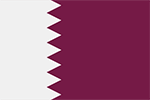 QA
QA ZA
ZA
 BH
BH NL
NL
 MU
MU FR
FR











